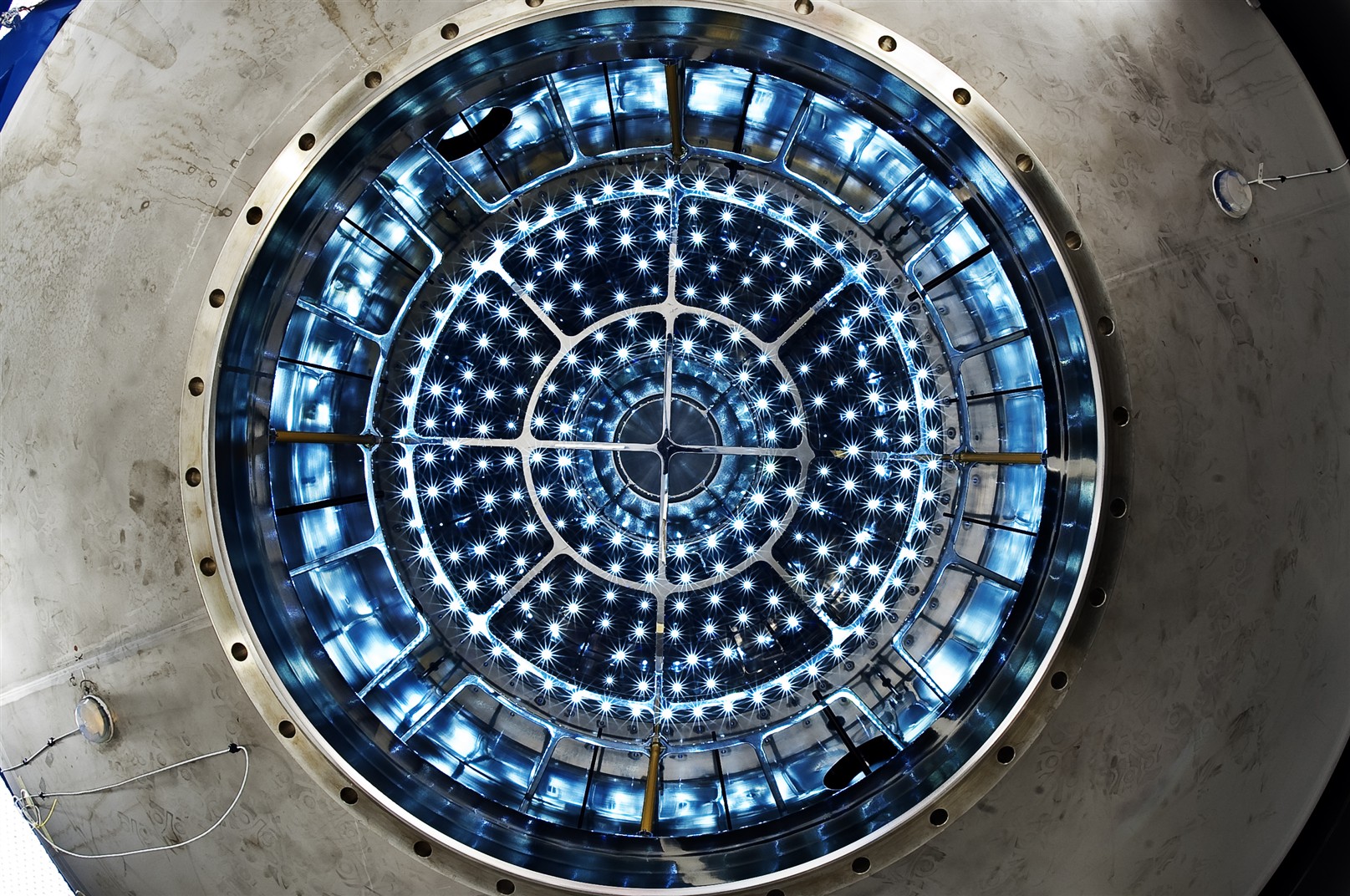Emerging Photonic Principles and Negative Effective Mass: Exploring New Physics in the Tradition of Grothendieck.
A novel symmetry framework.
by P. De Ceuster — Posted in Publications on September 07, 2025
TAG: #Publications
Latest edit: 07/09/25
Dark photon analogues in photonics provide a fertile testbed for exploring vortex formation, spontaneous symmetry breaking, and emergent coherence in engineered media. This expands the conceptual narrative: how synthetic gauge fields, engineered dissipation, and controlled nonlinearity produce vortex lattices and complex defect dynamics. The emphasis is on experimental design, diagnostics, and interpretation rather than on the microscopic field equations.
To realize dark-photon-like vortices we consider: platform selection (nonlinear microcavities, metamaterial arrays), preparation of initial conditions (pump geometry, phase seeding), and diagnostics (phase-resolved imaging, interference-based vortex counting, statistical analysis of defect dynamics). We need strategies for stabilizing vortex lattices using feedback control and for intentionally nucleating defects to study their interaction rules.
Applications could include analog quantum simulation of cosmological defect formation, testbeds for non-equilibrium statistical mechanics, and light-based devices that exploit vortex-mediated transport for routing and switching. The role of disorder in vortex nucleation, the interplay between topology and dissipation, and the potential for realizing protected information channels using vortex cores are open questions.
References
Abrahams, E., & Anderson, P. W. (2010). Conceptual foundations of emergent materials. *Annual Review of Condensed Matter Physics*, 1, 1–28.
Asboth, J. K., Oroszlány, L., & Pályi, A. (2016). *A Short Course on Topological Insulators: Band-structure topology and edge states in one and two dimensions*. Springer.
Bloch, I., Dalibard, J., & Nascimbène, S. (2012). Quantum simulations with ultracold quantum gases. *Nature Physics*, 8(4), 267–276.
Grothendieck, A. (1971). *Esquisse d'un Programme* (draft). Unpublished manuscript; foundational ideas on motifs and categories.
Joannopoulos, J. D., Johnson, S. G., Winn, J. N., & Meade, R. D. (2008). *Photonic Crystals: Molding the Flow of Light* (2nd ed.). Princeton University Press.
Kane, C. L., & Mele, E. J. (2005). Quantum spin Hall effect in graphene. *Physical Review Letters*, 95(22), 226801.
Moore, J. E. (2010). The birth of topological insulators. *Nature*, 464(7286), 194–198.
Pismen, L. M. (2006). *Vortices in Nonlinear Fields: From Liquid Crystals to Superfluids, from Non-equilibrium Patterns to Cosmic Strings*. Oxford University Press.
Review articles, datasets, and mathematical derivations supporting the technical claims in this manuscript are available on the CERN server under the project repository: "Emerging Photonic Principles" (internal access for collaborators). For formal proofs, algorithmic implementations, and simulation data, consult the CERN archive.
Excerpt from: Emerging Photonic Principles and Negative Effective Mass: Exploring New Physics in the Tradition of Grothendieck. by P. De Ceuster
© All rights reserved. Do not distribute. (Publication: Emerging Photonic Principles and Negative Effective Mass: Exploring New Physics in the Tradition of Grothendieck.)
